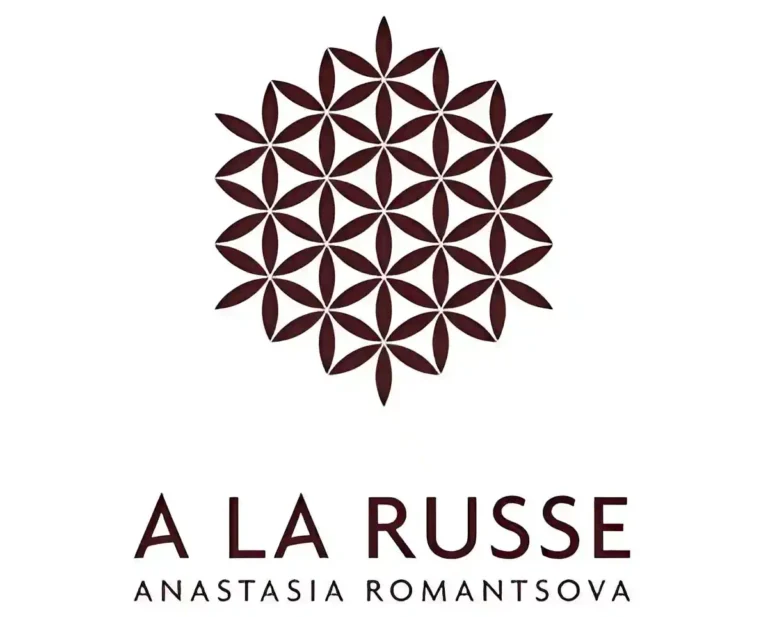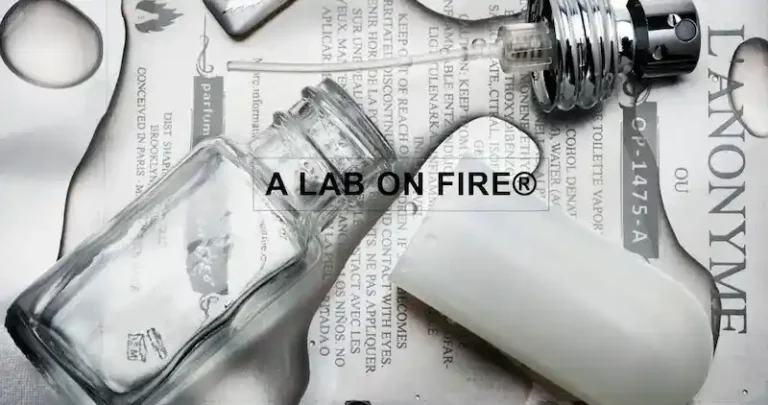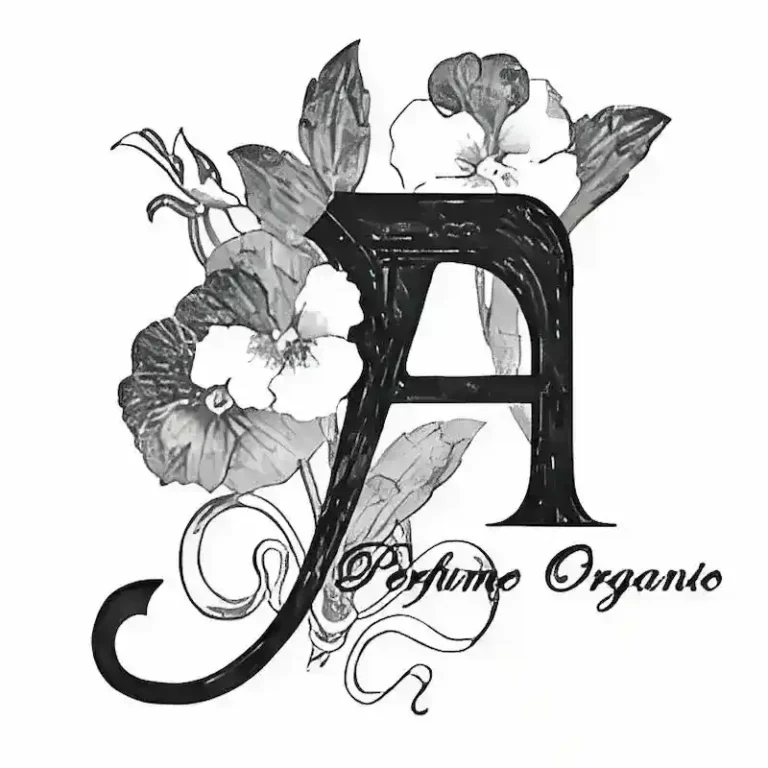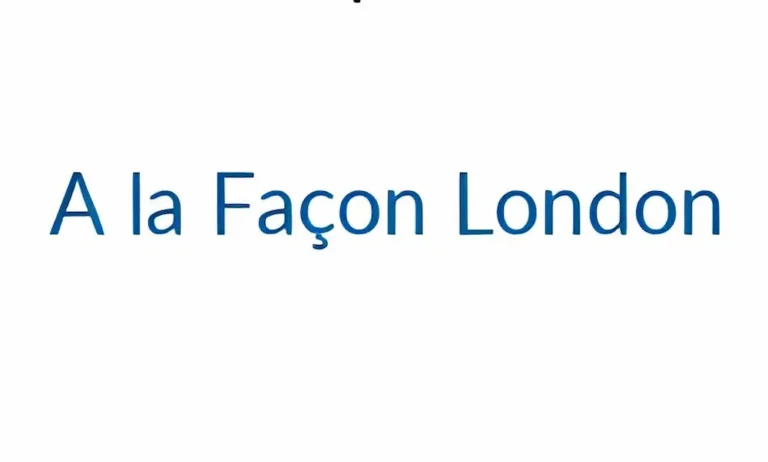A Bathing Ape Fragrance: The Olfactory Art of Street Fashion
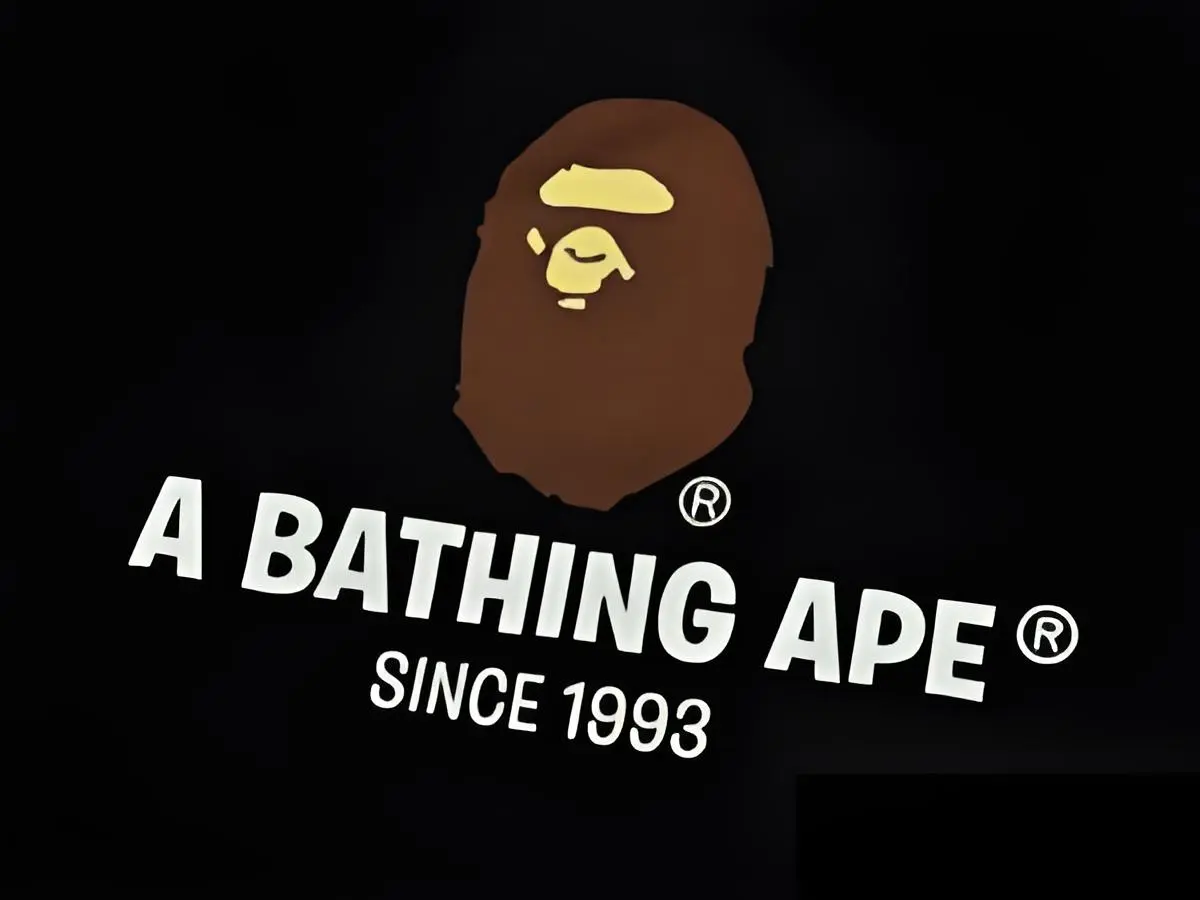
How can a bathing ape inject street culture into a perfume bottle and conquer global trendsetters? This is not just a story about perfume, but about how a brand extends its unique street culture genes to the olfactory realm, thereby securing a place in the global fashion landscape. A Bathing Ape’s (BAPE) fragrance series is a concentrated embodiment of its brand philosophy, marketing strategies, and artistic expression, marking the deep integration of street fashion and olfactory art.
The Birth of the Ape: From a Small Store in Harajuku to a Global Fashion Totem
BAPE’s rise is no accident. It is rooted in Japan’s unique Harajuku culture and skillfully leveraged celebrity influence and cultural connections to grow into a symbol of global fashion.
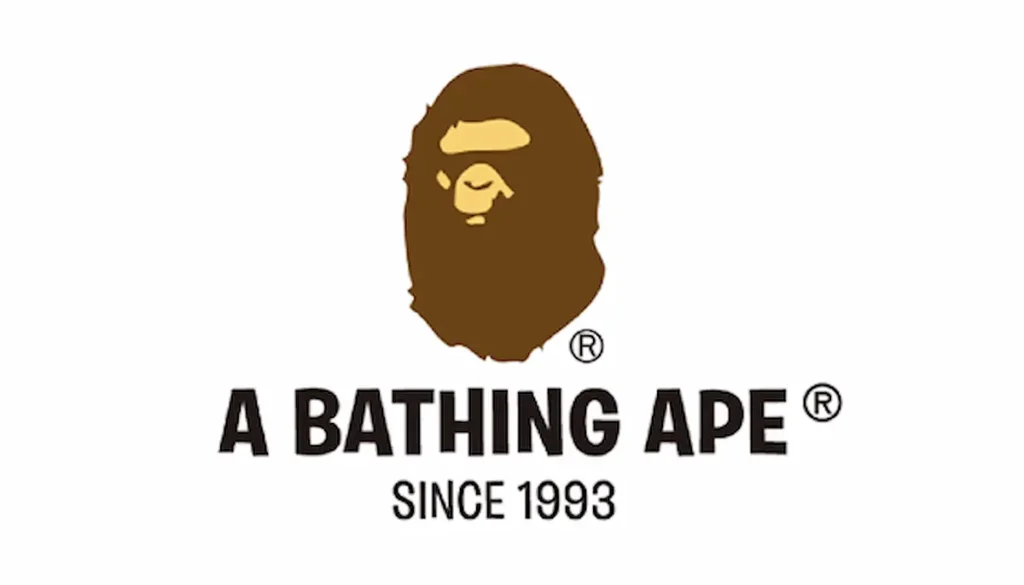
Origins and Early Development
A Bathing Ape (BAPE) was founded in 1993 by NIGO (Tomoaki Nagao) and Jun Takahashi in a small store called “NOWHERE” in Harajuku, Tokyo, Japan. The brand name is derived from a line in the 1968 film Planet of the Apes: “Like a bathing ape in lukewarm water,” while the word “Bathing” carries an ironic connotation, alluding to the lifestyle of Japan’s middle class who “bathe every day but do nothing else.” This unique naming method endows the brand with a rebellious yet culturally rich character from the very beginning.
Over three decades, BAPE has expanded from its initial 500-square-foot store to more than 40 direct stores worldwide, including flagship locations in major fashion cities across the United States such as New York’s SoHo, Los Angeles’ Fairfax, and Miami’s Aventura. Iconic products like BAPE STA™ sneakers, SHARK HOODIE, and the BABY MILO® pattern have become almost “standard equipment” in hip-hop music videos, with their visual symbols deeply rooted in people’s minds.
The Takuya Kimura Phenomenon
In the early days of the brand, BAPE adopted an extreme scarcity strategy, producing only 50 pieces of each T-shirt design, with 30 of them given exclusively to friends and relatives. This artificially created scarcity laid the groundwork for the brand’s future explosion. A turning point came in 1998 when “Japanese drama king” Takuya Kimura wore a BAPE down jacket in a commercial, immediately triggering a buying frenzy across Japan. By 2001, his appearance in the phenomenal Japanese drama HERO wearing a BAPE sheepskin coat elevated the brand to legendary status.
Takuya Kimura’s demonstration effect is a powerful example of early celebrity marketing. The brand’s initial limited-edition strategy, catalyzed by celebrity influence, transformed product scarcity into enormous market appeal. This combination of celebrity aura and limited supply endowed products with perceived value and desirability far exceeding their intrinsic worth, becoming the cornerstone of BAPE’s brand identity and future product launches (including fragrances). This approach reveals how brands can convert artificial scarcity into genuine market demand and popularity through cultural icons.
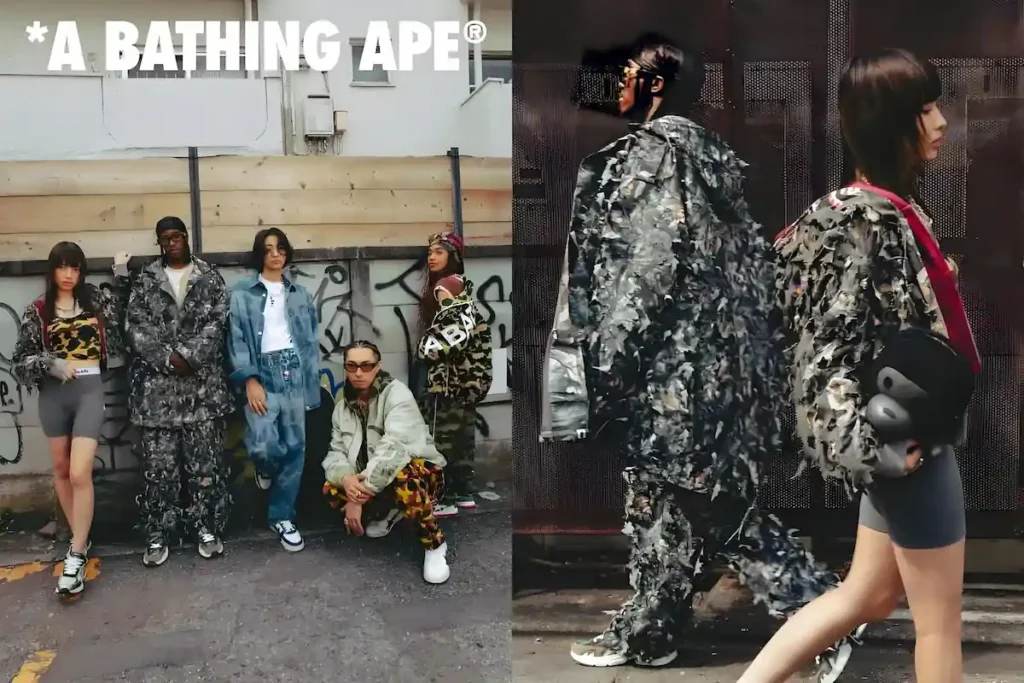
Conquering the Hip-Hop Kingdom Across the Ocean
What truly propelled BAPE into the ranks of international streetwear brands was its deep integration with American hip-hop culture. In 2006, hip-hop superstar Pharrell Williams appeared at the MTV Awards wearing a BAPE signature camouflage jacket, causing a huge stir in the European and American fashion circles. Pharrell Williams was not only a key brand promoter for BAPE but also co-founded Billionaire Boys Club with NIGO, successfully implanting Harajuku culture into American streets.
BAPE’s global success is not just about exporting products but also a successful cultural transfer and cross-market adaptation. Pharrell Williams’ endorsement and collaboration acted as a bridge, conveying the cultural heritage of “Harajuku” to the American market. This shows that for a brand to achieve global success, it needs more than just product availability; it must resonate with local mainstream cultural movements and establish strategic partnerships. This strategy allowed BAPE to sell not just goods but also the culture and lifestyle it represents.
Jungle Aromas: BAPE’s Olfactory Territory
BAPE’s foray into the fragrance industry is not a simple product line expansion but the embodiment of its brand philosophy in the olfactory realm, continuing its unique scarcity strategy.
The Birth of the First “Forest Scent”
In early spring 2016, BAPE launched its first EDT (Eau de Toilette), named “A Bathing Ape EAU DE TOILETTE.” This fragrance centers on traditional Japanese rosewood notes, blended with cedar, amber, and other woody elements, aiming to create a profound forest atmosphere. Its fragrance direction is defined as “Urban Forest,” seeking to combine the vitality of the city with the tranquility of nature.
The fragrance has distinct layers:
- Top notes: cedar leaves and pink pepper, evoking the fresh feeling of stepping into Tokyo’s Yoyogi Park in the morning;
- Middle notes: sandalwood and earthy tones, described by the official as “moist soil after rain”;
- Base notes: amber and musk, enhancing the fragrance’s longevity and catering to American consumers’ preference for “woody unisex scents.”
With an overall concentration of EDT (8–12%), it is suitable for both men and women, and the international fragrance database Fragrantica classifies it as “Woody Aromatic.”
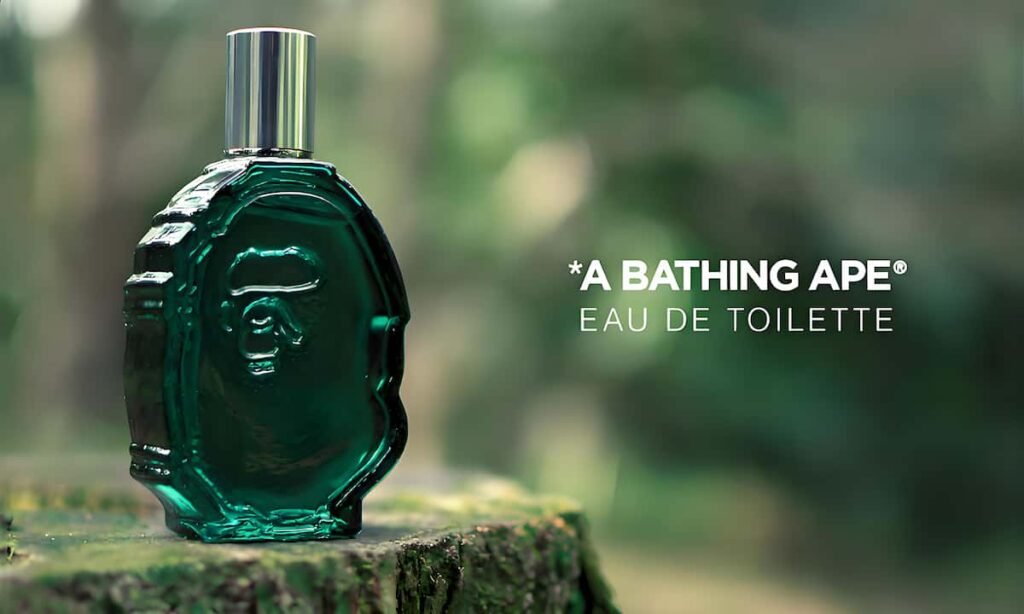
The design of this fragrance demonstrates BAPE’s in-depth understanding of sensory brand building. It is not just a scent but a multi-sensory experience, aiming to evoke specific images and feelings related to nature and urban landscapes. The green ape-head bottle and camouflage packaging visually echo the imagery of “dense Japanese forests,” harmonizing with the olfactory elements. This multi-sensory integration helps establish deeper emotional connections and brand loyalty among consumers, making the product more than just functional but an immersive brand experience.
Cross-Border Collaborative Olfactory Experiments
BAPE’s fragrance products do not exist in isolation; they are an extension of the brand’s extensive cross-border collaboration strategy. In 2025, BAPE and Japan’s prestigious motorcycle brand NEIGHBORHOOD launched a collaborative series, including a revolutionary “fragrance room” (incense burner). This incense burner features a black metal body engraved with both brands’ logos, paired with specially made incense sticks, cleverly combining street culture with home fragrance.
This move indicates that BAPE is strategically expanding from a fashion brand to a broader “lifestyle ecosystem.” By venturing into new categories such as home fragrance and collaborating with diverse brands (including motorcycle brands, beverage brands, and luxury fashion brands), BAPE is not just selling products but a lifestyle, an aesthetic, and a cultural experience. This approach redefines product categories, positioning the brand as a curator of fashion experiences rather than just a clothing or perfume manufacturer. It also diversifies revenue sources and enhances brand omnipresence through its presence at various consumer touchpoints.
The Fragrance Interpretation of Scarcity Strategy
Like the early strategy of producing only 50 pieces of each T-shirt, BAPE fragrances are also well-versed in the “art of limited editions.” The first “forest fragrance” in 2016 was initially available only through selected channels in Japan. The 2025 NEIGHBORHOOD collaborative incense burner even adopted a strict “lottery purchase system,” requiring consumers to register in advance to participate in in-store lotteries for purchasing qualifications.
This artificially created scarcity makes each fragrance product a target for speculation in the secondary market. This strategy “gamifies” the consumption process. Buying BAPE products becomes a “battle,” a challenge, and a status symbol rather than a simple purchasing act. This caters to the psychology of specific consumers who value exclusivity, a sense of achievement, and potential resale value. This approach also brings significant social media attention to the brand, turning product launches into marketing events themselves.
The following table summarizes the overview of BAPE’s core fragrance products:
| Product Name | Release Year | Fragrance Type | Main Notes/Scent Description | Bottle/Design | Packaging | Target Audience | Scarcity Strategy | Original Price (approx.) |
|---|---|---|---|---|---|---|---|---|
| A Bathing Ape EAU DE TOILETTE | 2016 | EDT (8-12%) | Top notes: cedar leaves, pink pepper; Middle notes: sandalwood, earthy tones,;Base notes: amber, musk | Dark green ape-head glass bottle | BAPE classic camouflage | Unisex | Limited distribution (selected channels in Japan) | $100 |
| NEIGHBORHOOD Collaborative Incense Burner | 2025 | Space fragrance (incense sticks) | Specially made incense sticks (specific scent not detailed) | Black metal body engraved with dual brand logos | Not specified (may be collaborative design) | Unisex | Lottery purchase system | $800 (126,500 yen) |
Storm in a Bottle: Design Language and Marketing Innovation
The success of BAPE fragrances is inseparable from their iconic design language and shrewd marketing strategies, which together have turned the perfume into a fashion totem.
Ape-Head Bottle: A Mobile Fashion Totem
The design of the perfume bottle is a three-dimensional extension of BAPE’s brand symbols. This dark green ape-head glass bottle is more than just a container; it is a miniature sculpture—a 8cm-tall three-dimensional ape face with a cap simulating a hairstyle outline, feeling like a fashion relic in the hand. This design makes the perfume transcend functionality and become a display item in trendsetters’ collections.
This design strategy transforms functional products into brand artworks. BAPE’s strong visual identification system (ape head, camouflage) is no longer just printed on product surfaces but integrated into the product’s physical form. This makes the perfume bottle itself a collectible artwork, an embodiment of brand aesthetics. It encourages consumers to collect and display, effectively turning them into brand ambassadors who showcase these “relics” in their homes, further expanding the brand’s popularity and appeal.
Camouflage Packaging: The Olfactory Transformation of Military Aesthetics
The outer box adopts BAPE’s iconic “1ST CAMO” pattern. Designed by SKATETHING in 1996, this pattern is inspired by Vietnam War jungle camouflage but transformed with fluorescent colors, making it a street culture totem. When consumers unwrap the packaging, it feels “like opening an ammunition box, full of ritual.”
Packaging here is more than just a protective shell; it is an integral part of the brand narrative. The camouflage pattern, reinterpreted from military origins to street culture, reflects BAPE’s subversive aesthetics. The “ammunition box” metaphor evokes a sense of power, exclusivity, and readiness, matching the brand’s “ape” image. This elaborate packaging design deepens consumers’ immersion in the brand before they even touch the product, through extending its core design language and creating a unique unboxing experience.
Celebrity Endorsement: A Dimension-Reducing Strike
In conjunction with the 2016 perfume launch, BAPE invited popular actor Shuhei Nomura (Kiko Mizuhara’s boyfriend) to model the spring-summer collection. His photo wearing a camouflage vest and holding the ape-head perfume bottle appeared in the Japanese magazine WARP, linking the perfume with youth cultural idols. This strategy continues the tradition of celebrity endorsements by the likes of Takuya Kimura and Pharrell Williams, successfully establishing the consumer psychological implication of “celebrity-endorsed.”
BAPE’s continuous use of well-known figures for product promotion is a highly effective “dimension-reducing strike” marketing strategy. Celebrity endorsements create strong social approval and yearning. In youth culture, consumers often imitate their idols. When a celebrity uses or wears a product, it is endowed with an aura of coolness, status, and attractiveness. This “celebrity-endorsed” effect bypasses traditional advertising and directly influences consumers’ purchasing decisions through association.
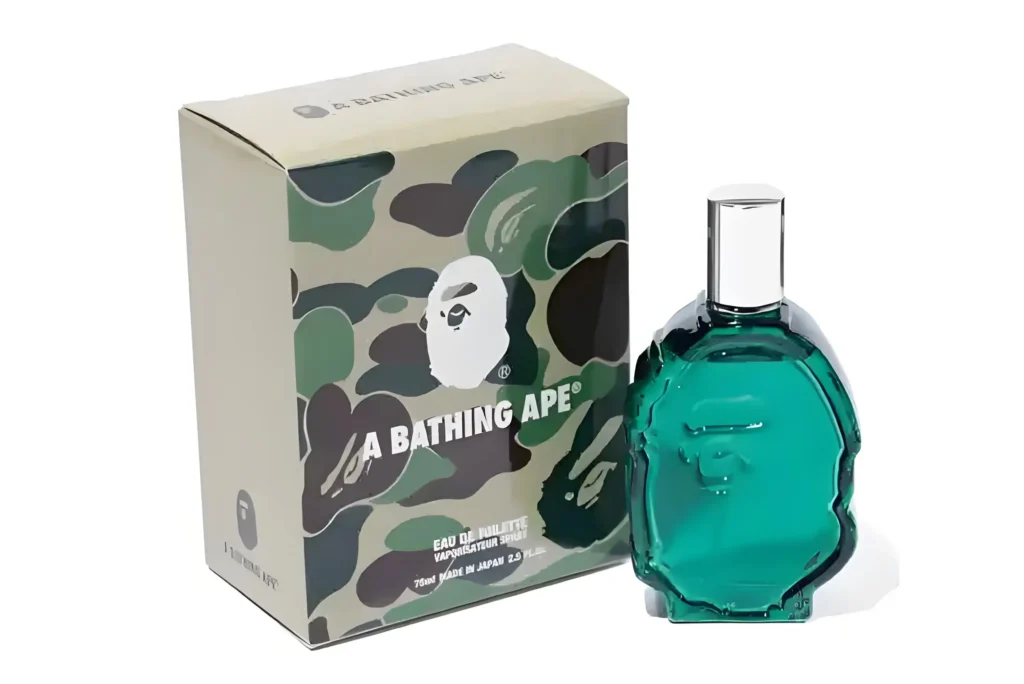
Jungle Rules: High-End Positioning and Hunger Marketing
BAPE’s strategy in the fragrance field fully embodies its “jungle rules” in pricing and distribution: high-end positioning and hunger marketing.
The Arrogant Philosophy of Pricing
BAPE fragrances continue the brand’s consistent high-end pricing strategy. The regular EDT perfume is priced at around $100, consistent with the brand’s T-shirt ($98–469) and hoodie ($215–699) price ranges. The 2025 NEIGHBORHOOD collaborative incense burner is even priced as high as 126,500 yen (approximately $800), comparable to luxury fragrances.
This pricing strategy filters out ordinary consumers and precisely targets the core consumer group—those hardcore fashion enthusiasts who “pay for faith.” This “arrogant philosophy” turns price from a purchasing barrier into a status symbol. Consumers who can afford these products are buying more than just items; they are entering an exclusive circle, a lifestyle, and making a statement of their “faith” in the brand.
Stores as Theaters: The Purchase Ritual
Buying BAPE perfume is described as a ritualistic “battle.” Take the 2025 collaborative series launch as an example:
- Consumers need to line up at the store early in the morning on the release day;
- At 10:00 AM, a unified lottery determines the entry order;
- Successful lottery participants enter the store in order to make purchases, with the 资格 invalid if they leave the queue;
- Strict purchase limits ensure scarcity.
This model creates social media buzz—the queuing scene itself becomes the best advertisement. This highly restrictive and ritualized in-store purchasing process creates a shared, intense consumer experience. It fosters a sense of community among participants, united by their investment in the brand and the challenge of obtaining products.
The Catalysis of the Resale Market
Hunger marketing directly spawns a profitable secondary market. BAPE’s iconic shark hoodie once surged from an original price of 2,000 yuan to 13,000 yuan, and fragrance products follow the same pattern. An unopened 2016 first-edition ape-head perfume can be sold at a 300% premium on eBay, making it not just a consumer good but an “alternative investment target.”
This artificially created scarcity and high demand, combined with the brand’s cultural status, have jointly spawned an active resale market. This market validates the product’s perceived value, making it a “liquid asset” or “alternative investment.” This phenomenon forms a self-reinforcing “hype cycle.” High resale value incentivizes consumers (who may buy and resell) and the brand (benefiting from increased attractiveness and media attention without direct advertising investment).
The Future Battlefield of Trendy Fragrances
BAPE perfume has moved from dressing tables to New York’s MoMA Design Store, and the NEIGHBORHOOD collaborative incense burner is displayed alongside mid-century furniture in Los Angeles boutiques—indicating that trendy fragrances have broken through traditional category boundaries to become “spatial installations of youth culture.”
According to observations by fashion media Hypebeast, high-end cross-border fragrance sales have increased by 34% annually in the past three years, confirming the “symbolization trend of olfactory consumption.” This phenomenon reflects a fundamental shift in consumers’ (especially Generation Z) perception and value judgment of products. Now, products are not just about functionality or luxury but about their symbolic value, role as cultural artworks, or identity statements.
In the age of attention economy, a perfume must be a collectible, social currency, and spatial artwork to survive in Generation Z’s consumption battlefield. This means that for brands to succeed, they must curate complete experiences and narratives around their products, transforming them into multi-dimensional symbols that resonate with cultural trends and consumer desires. This marks a significant shift from product-centric marketing to experience- and symbol-centric brand building, where products become carriers of cultural expression and personal identity.
And that ape bathing in hot springs (A Bathing Ape) has long jumped out of the warm water, extending its claws to the olfactory nerve endings of global trendsetters.
Quick FAQ
Q: Can I buy BAPE perfume in stock in the United States?
A: Official stores occasionally restock, but usually require waiting or participating in limited releases. Secondary market platforms like StockX have them year-round, but usually with a $70–100 premium.
Q: Is it a men’s or women’s fragrance?
A: This fragrance is unisex, with its woody notes appealing to a wide audience, suitable for both men and women.
Q: How long does the scent last?
A: BAPE perfume can last 4–5 hours on the skin and up to 8 hours on clothing.
Q: Is it suitable for summer?
A: It is not recommended for outdoor use in temperatures above 30°C. In hot and humid environments, its woody notes may feel “cloying” and not fresh enough.
